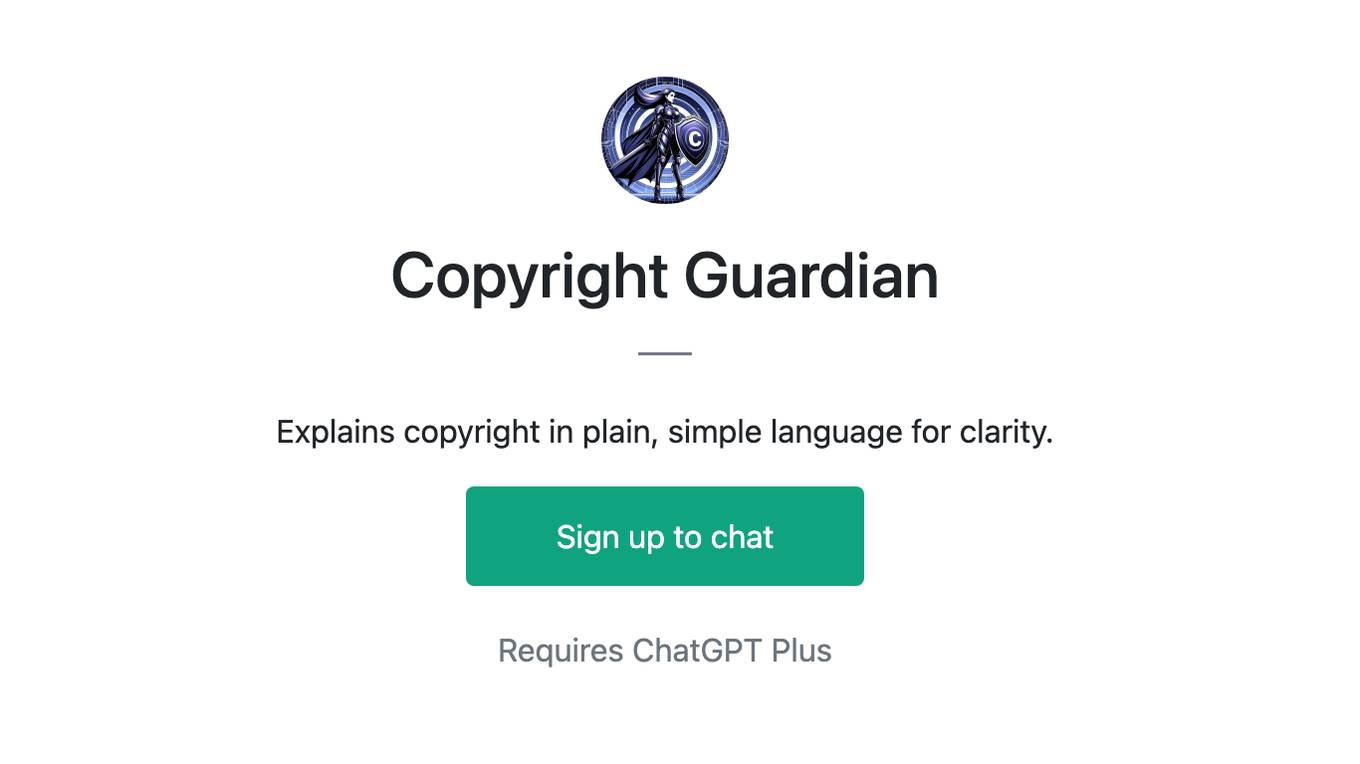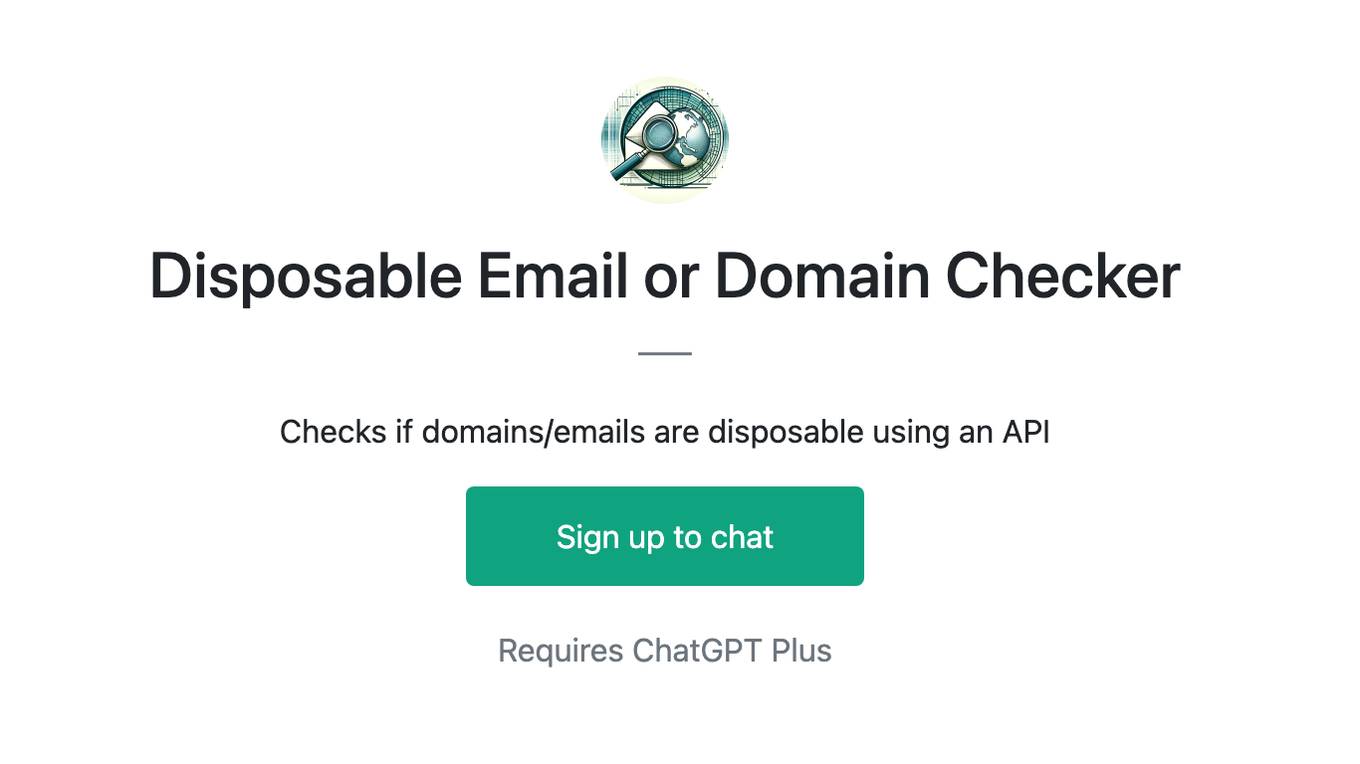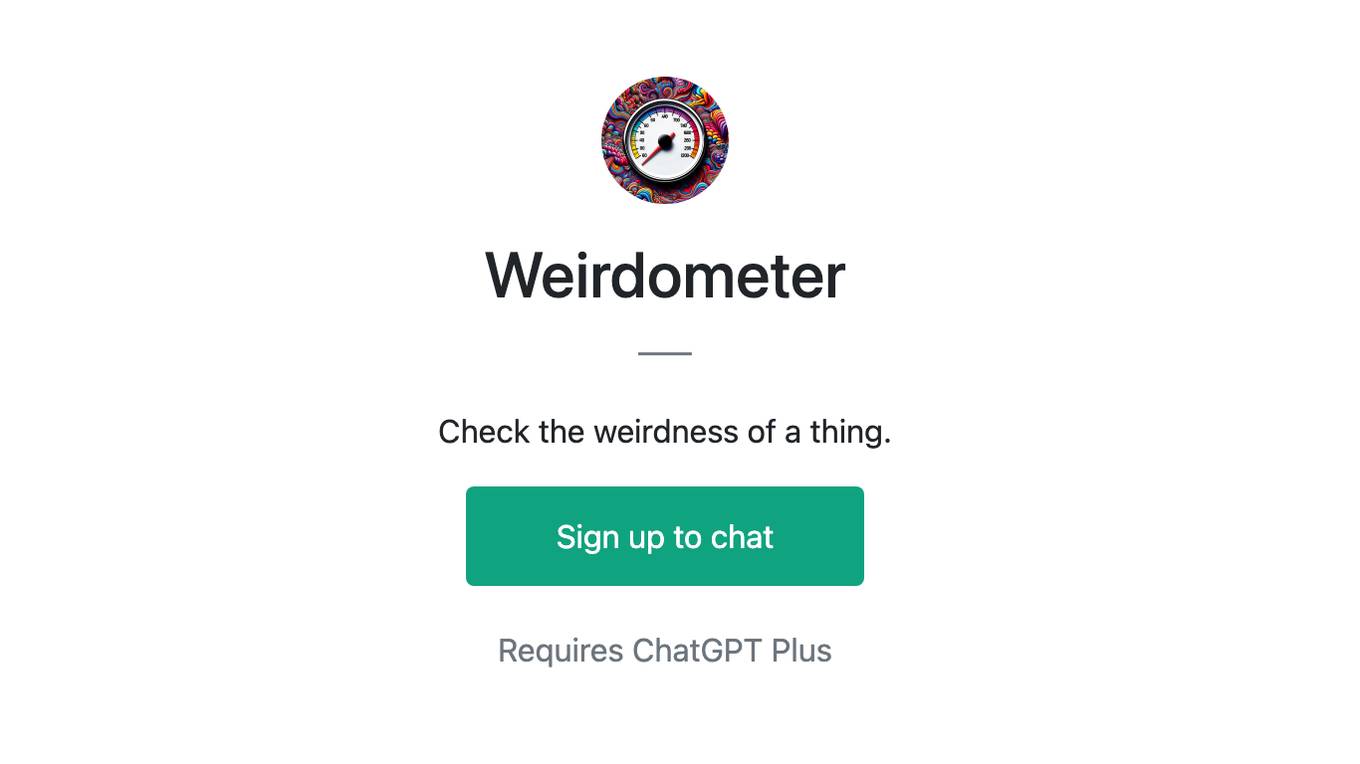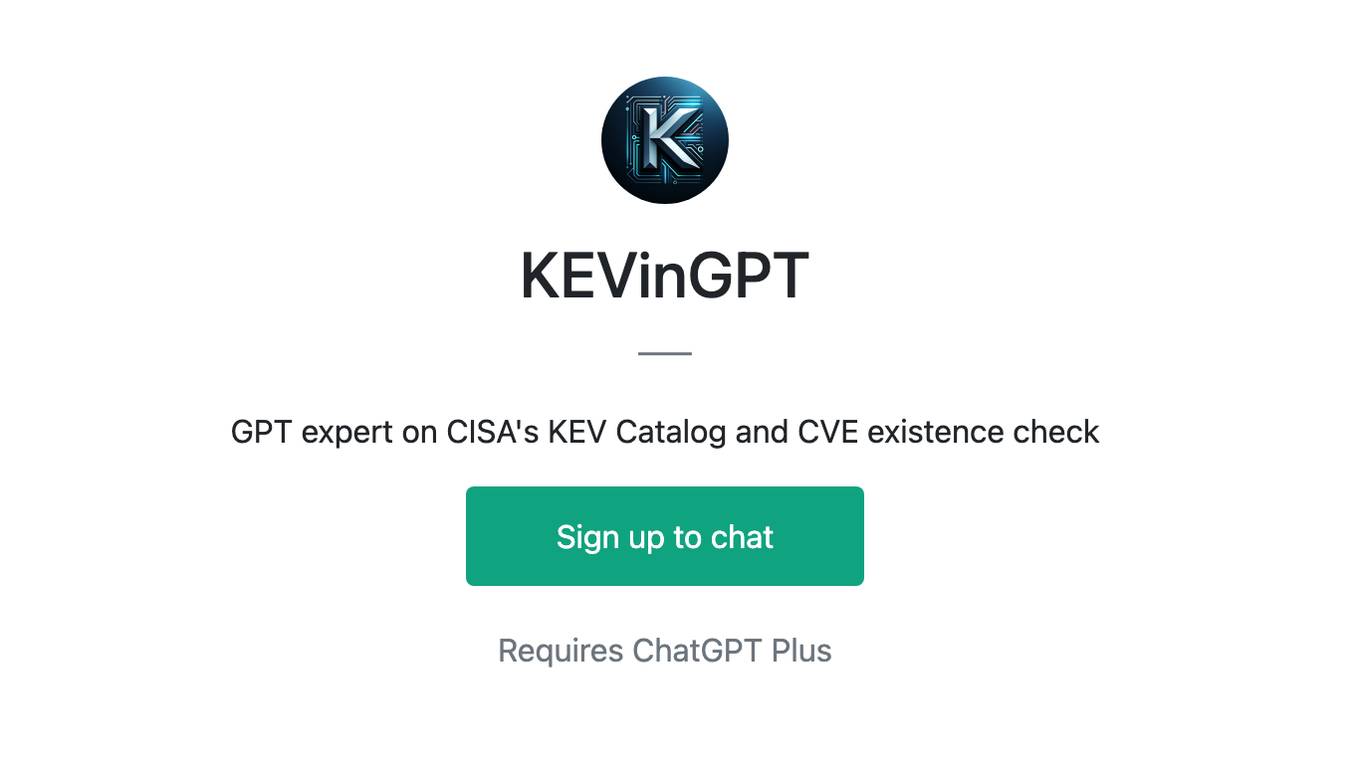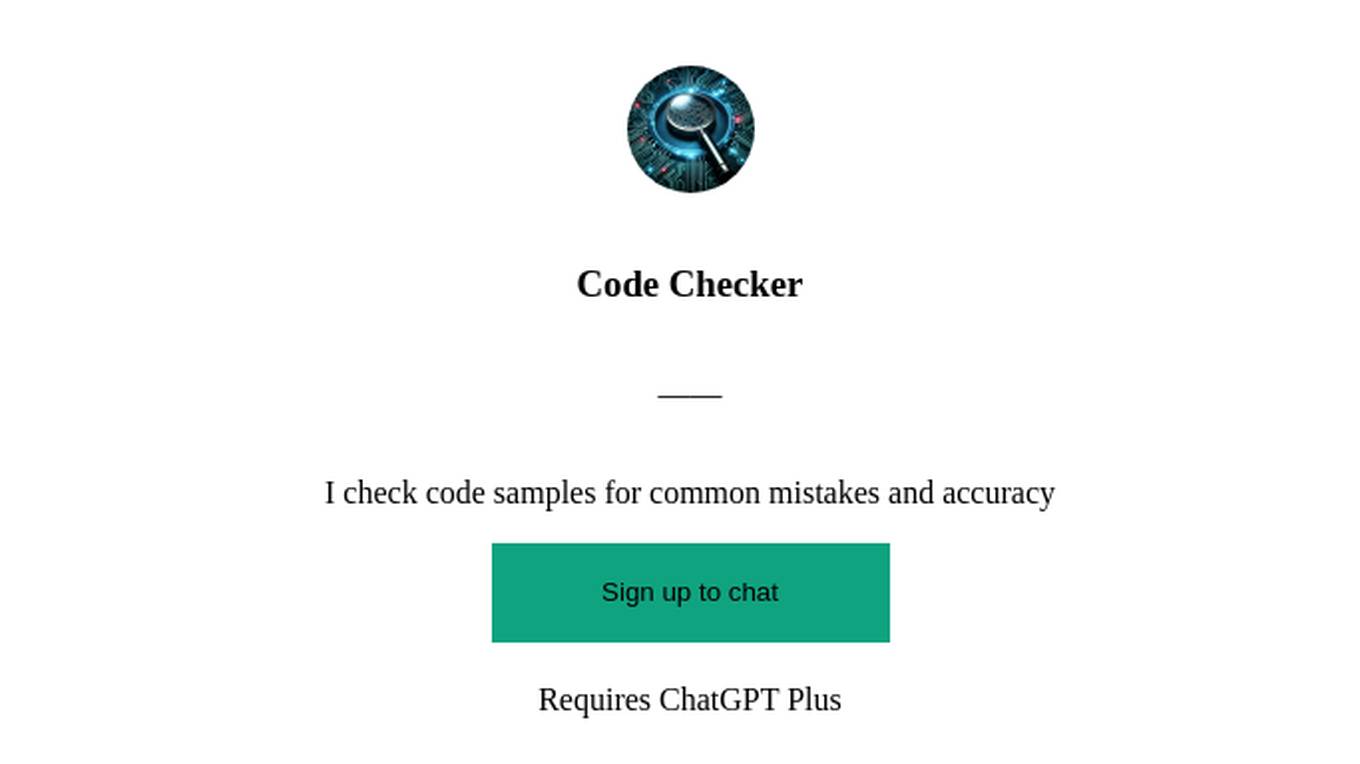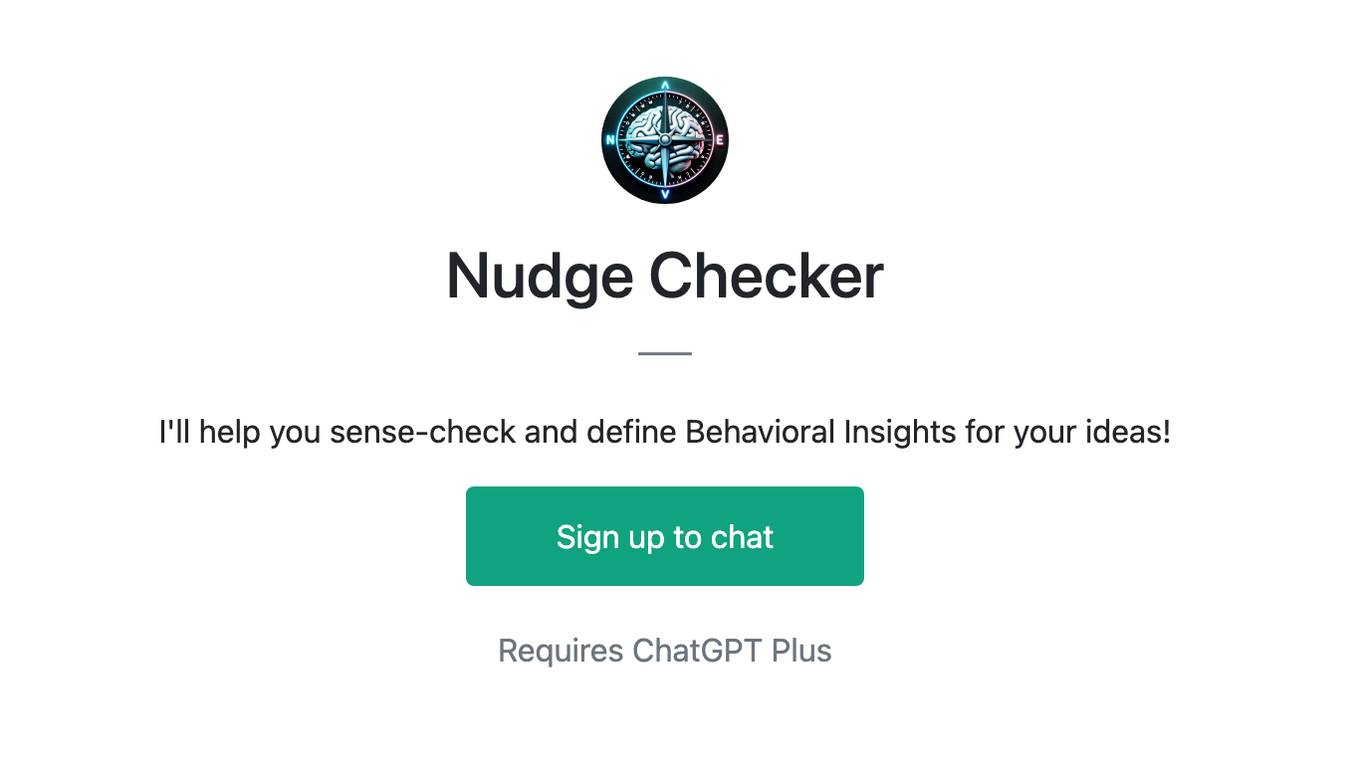Best AI tools for< Check Domain Ownership >
20 - AI tool Sites
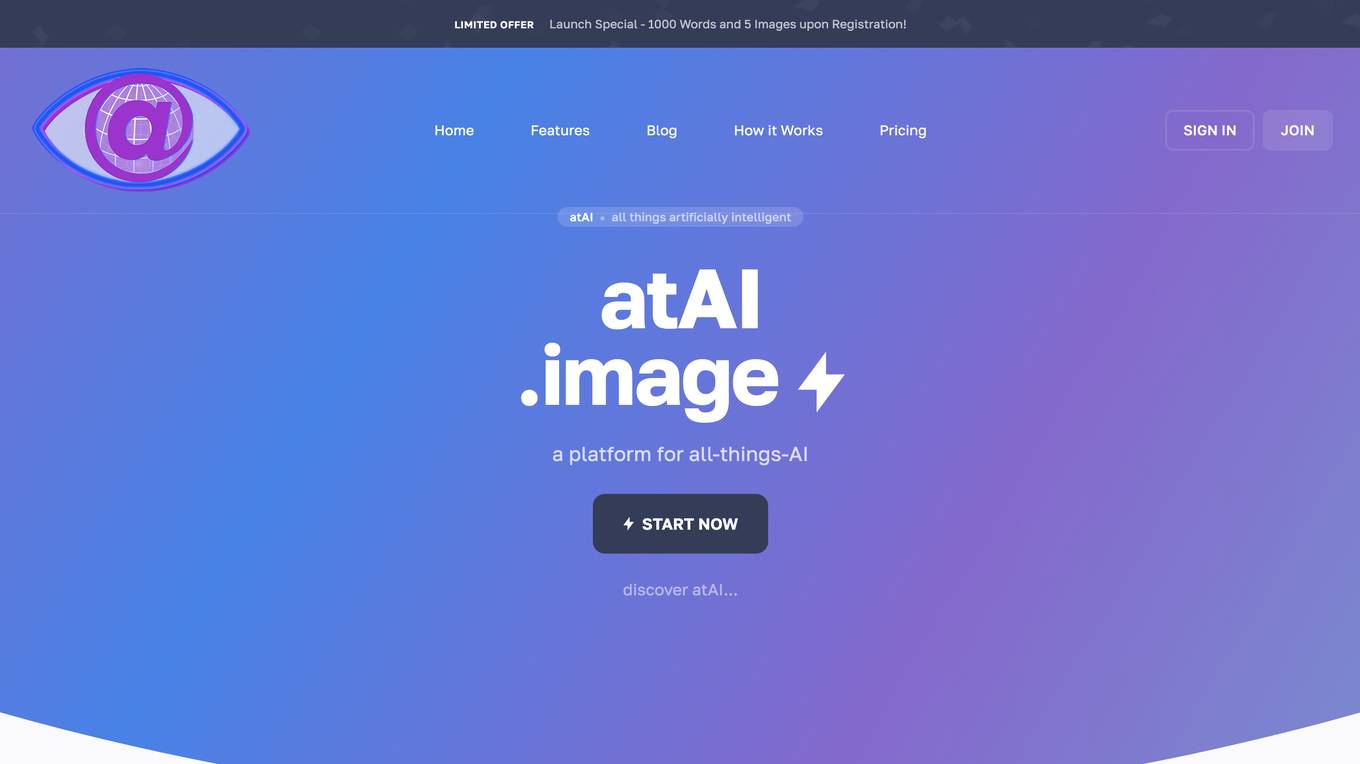
Atai.world
Atai.world is a website domain that appears to be registered but available for purchase. The site does not provide any specific information or functionality, and it seems to be related to privacy settings and technical support. The website is available in English language.
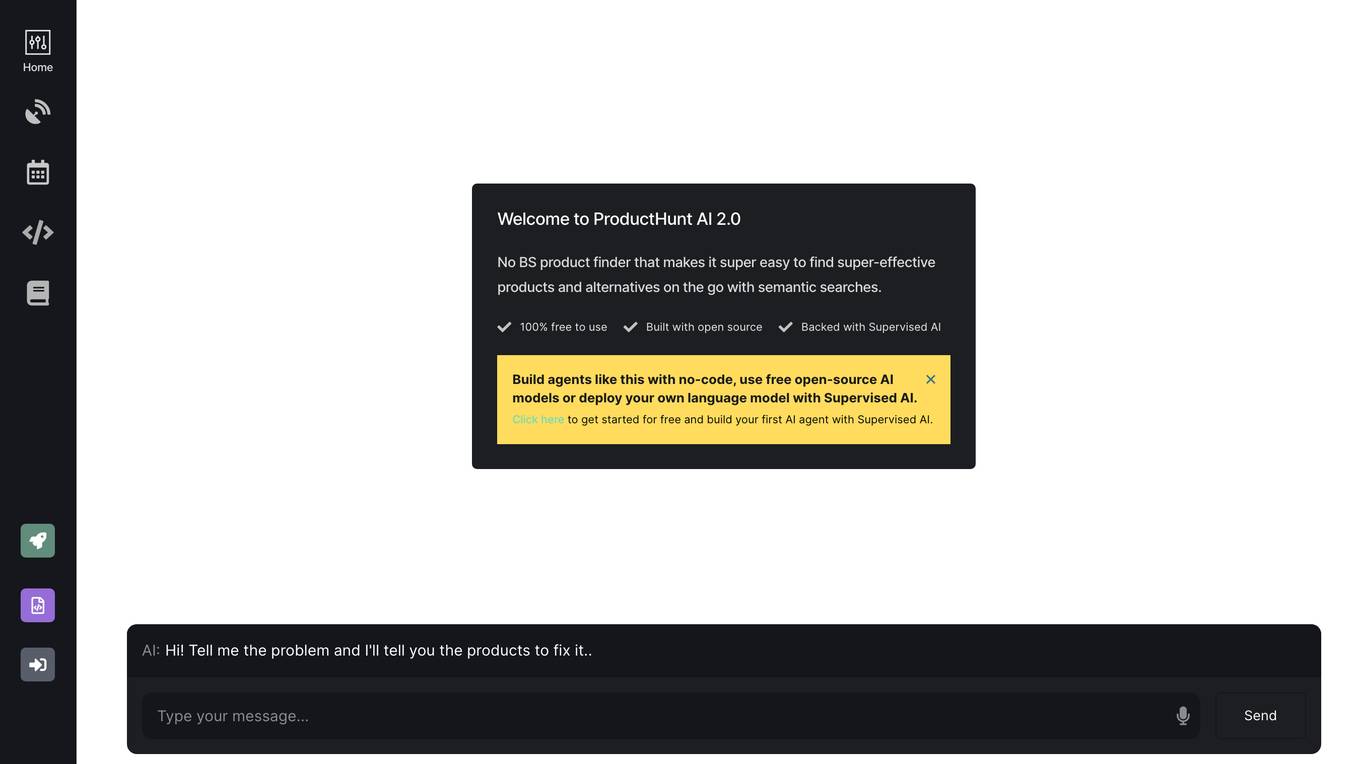
Sttabot.io
Sttabot.io is a website domain that appears to be up for sale. The site does not provide any specific information or content, and it seems to be a placeholder or under development. Visitors are prompted to inquire about purchasing the domain or contact a specified phone number for more details. The website emphasizes copyright and privacy policy, suggesting a focus on legal aspects of domain ownership.

ddle.dev
ddle.dev is a website that provides resources and information. It seems to be a domain parking page generated by Sedo, a domain marketplace. The site does not offer any specific services or tools but rather serves as a placeholder for the domain owner. Visitors may find general information about the domain and its ownership.
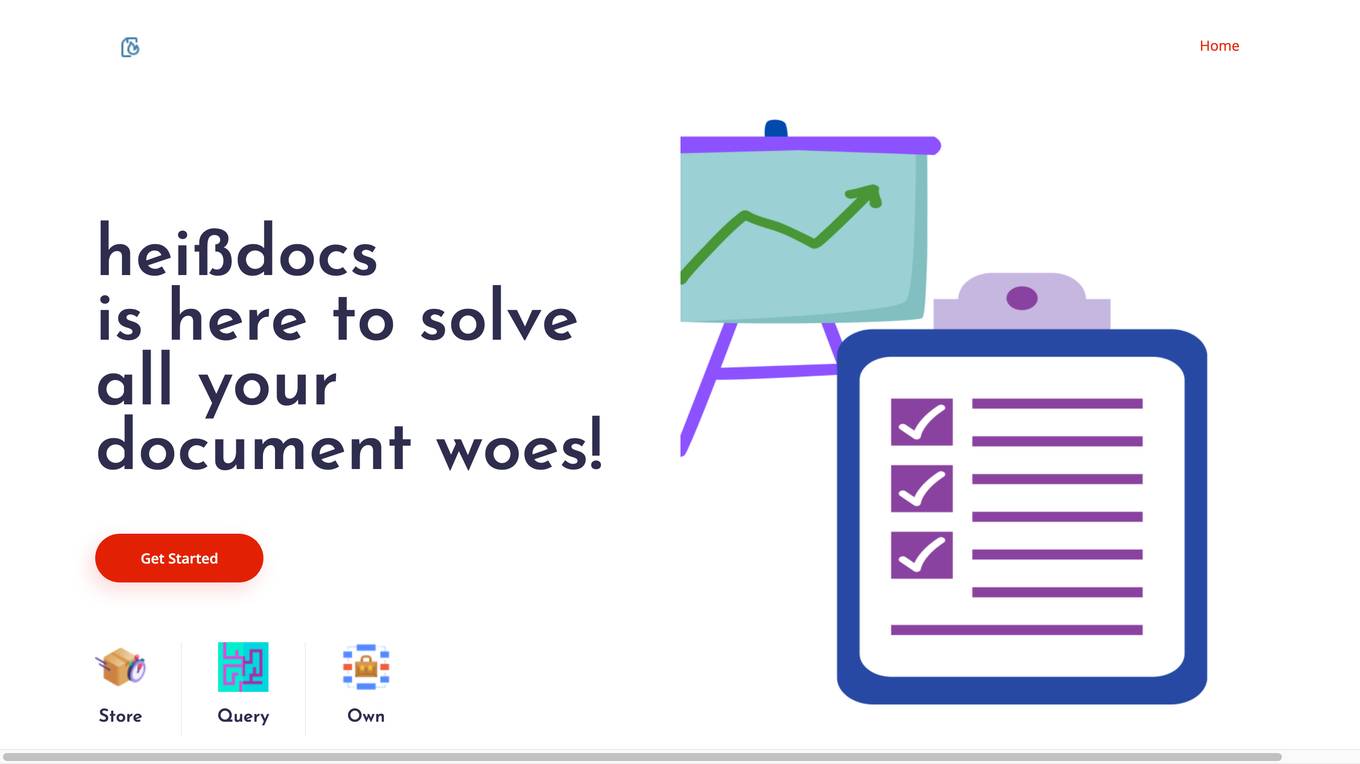
Heissdocs
Heissdocs.com is a domain selling platform that offers a secure and hassle-free process for buying and transferring domain names. The platform ensures buyer protection through a unique program, fast and easy transfers, and secure payment options. It provides information on Value Added Tax (VAT) for EU consumers and businesses. With a focus on simplicity and safety, Heissdocs.com aims to make domain name transactions straightforward and secure for users.

GoDaddy Domain For Sale Page
The website appears to be a domain for sale page hosted by GoDaddy. It seems that the domain 'ikigai.quest' is up for sale. The page displays an 'Access Denied' message, indicating that the user does not have permission to access the specific URL. The error reference number is provided for troubleshooting purposes.
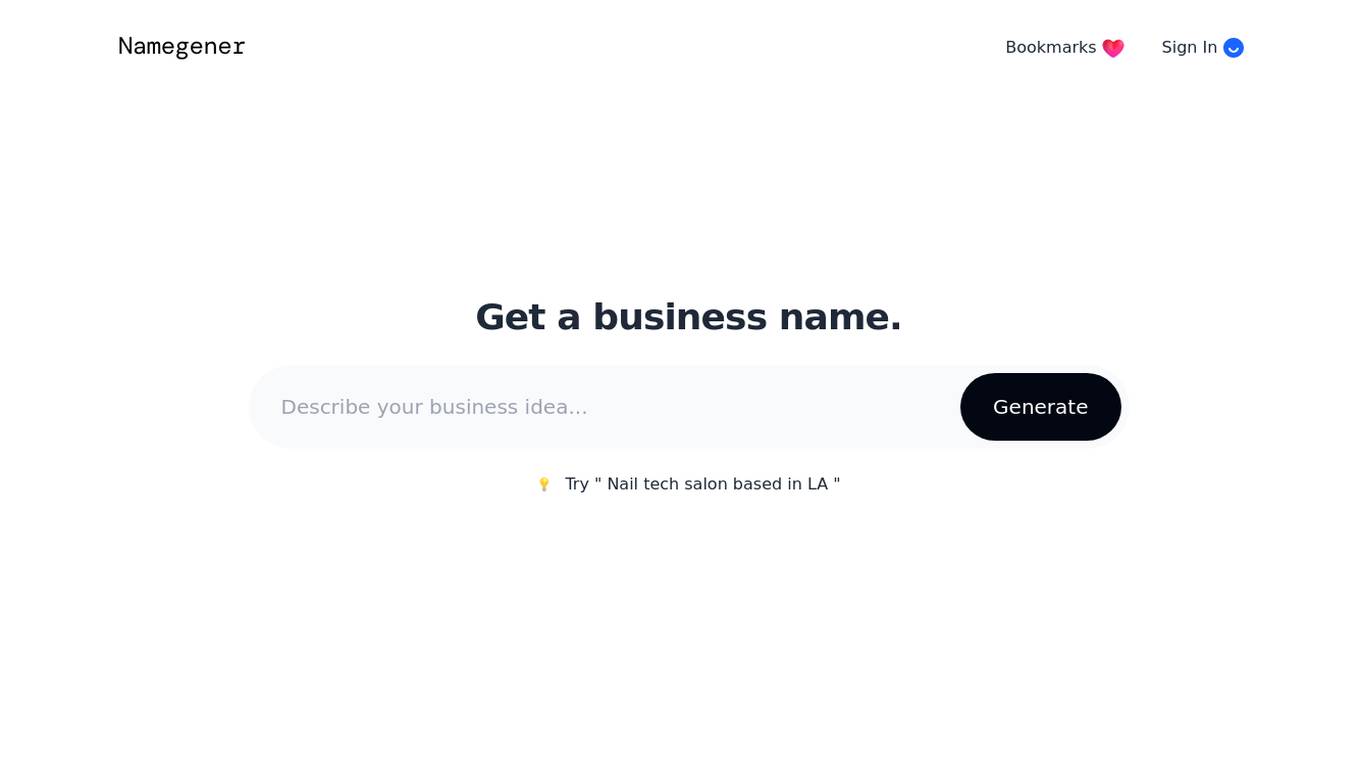
Namegener
Namegener is an AI business name generator tool that helps users find the perfect brand name for their business. It utilizes artificial intelligence algorithms to generate unique and creative business names based on user input. Users can input specific keywords or descriptions related to their business to receive a list of suggested names. Namegener simplifies the process of naming a business by providing a wide range of naming options to choose from, saving time and effort for entrepreneurs and startups.

Ponzu.gg
Ponzu.gg is a domain name that may be for sale. The website provides information about the domain and offers the option to inquire about purchasing it. It is a platform where users can explore the availability of the domain name and potentially acquire it for their own use. The site emphasizes copyright and privacy policy to protect intellectual property rights and user data.
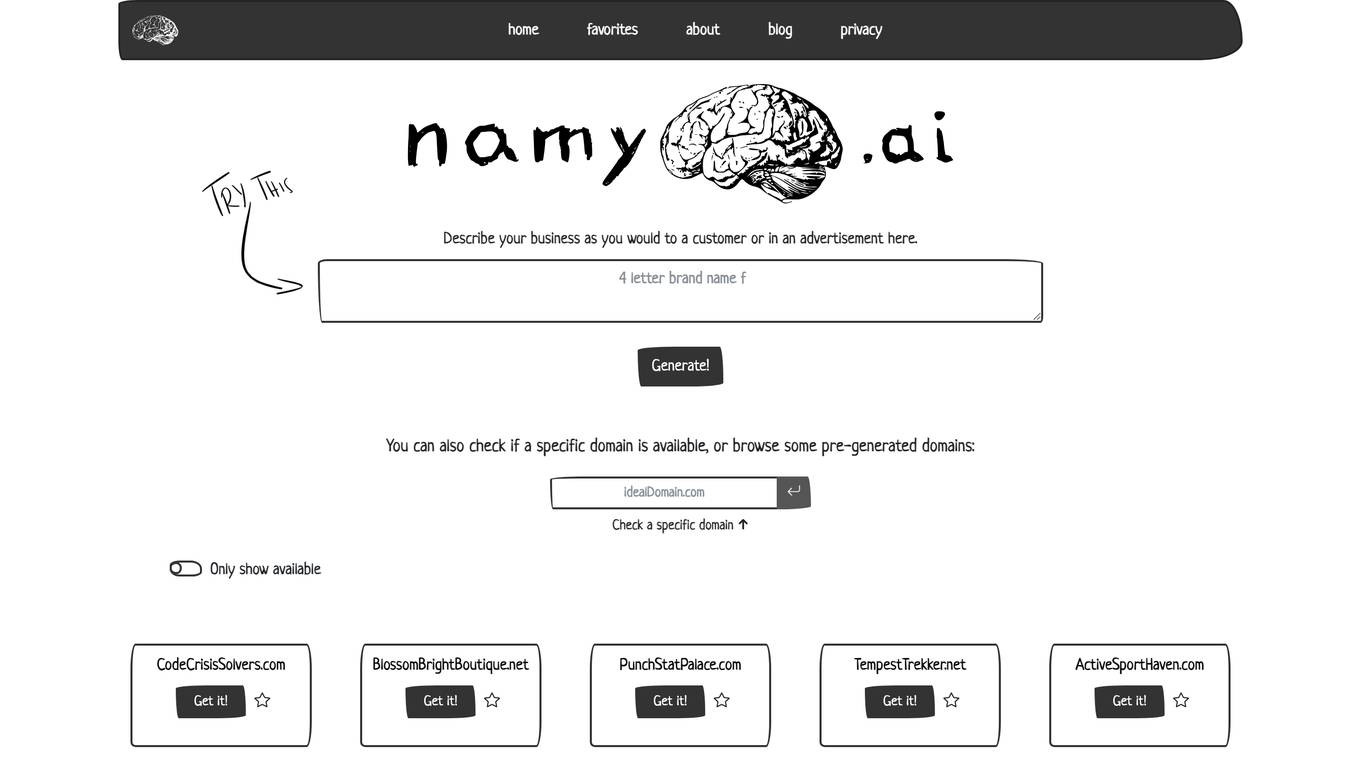
Namy.ai
Namy.ai is a domain generator that uses AI technology to help users quickly create website domain names. Users can describe their business or idea, and the tool generates domain suggestions in just 30 seconds. The tool also allows users to check domain availability and browse pre-generated domain options. With Namy.ai, users can easily find the perfect domain name for their business or project.

Namewizard
Namewizard is an AI-powered domain name generator that helps you find the perfect domain name for your business or project. With Namewizard, you can generate unlimited domain name suggestions, check domain availability, and use advanced search filters to narrow down your results. Namewizard also offers a history of your domain name suggestions so you can easily track your progress. Namewizard is the perfect tool for anyone who is looking for a creative and unique domain name.
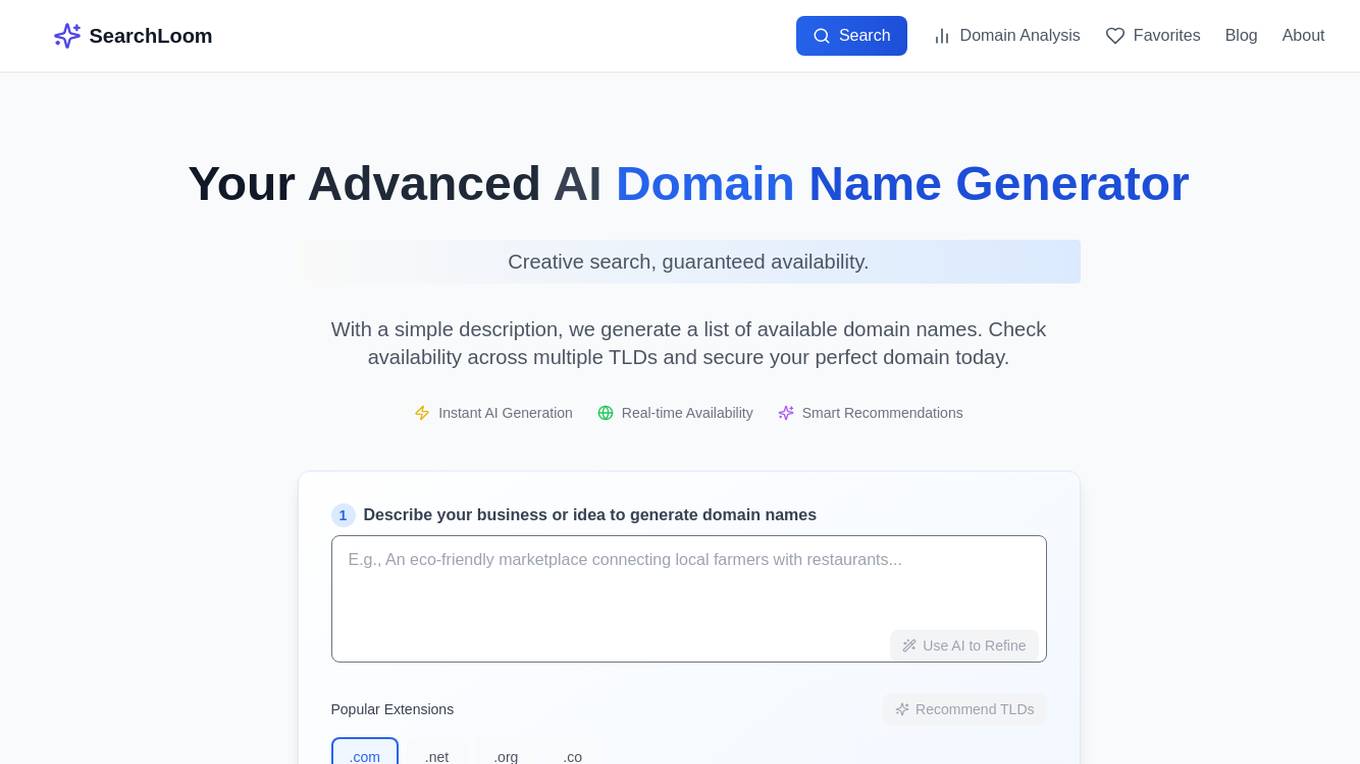
SearchLoom
SearchLoom is an AI-powered domain name generator that revolutionizes the process of finding the perfect domain name for your business or idea. By harnessing the power of artificial intelligence, SearchLoom generates creative and context-aware domain suggestions that align with your brand's identity and goals. The advanced AI technology analyzes your business description and industry context to provide intelligent domain recommendations across multiple TLDs, ensuring availability and relevance. With features like real-time availability checks, smart recommendations, and instant AI generation, SearchLoom offers a seamless and efficient domain search experience for modern businesses.
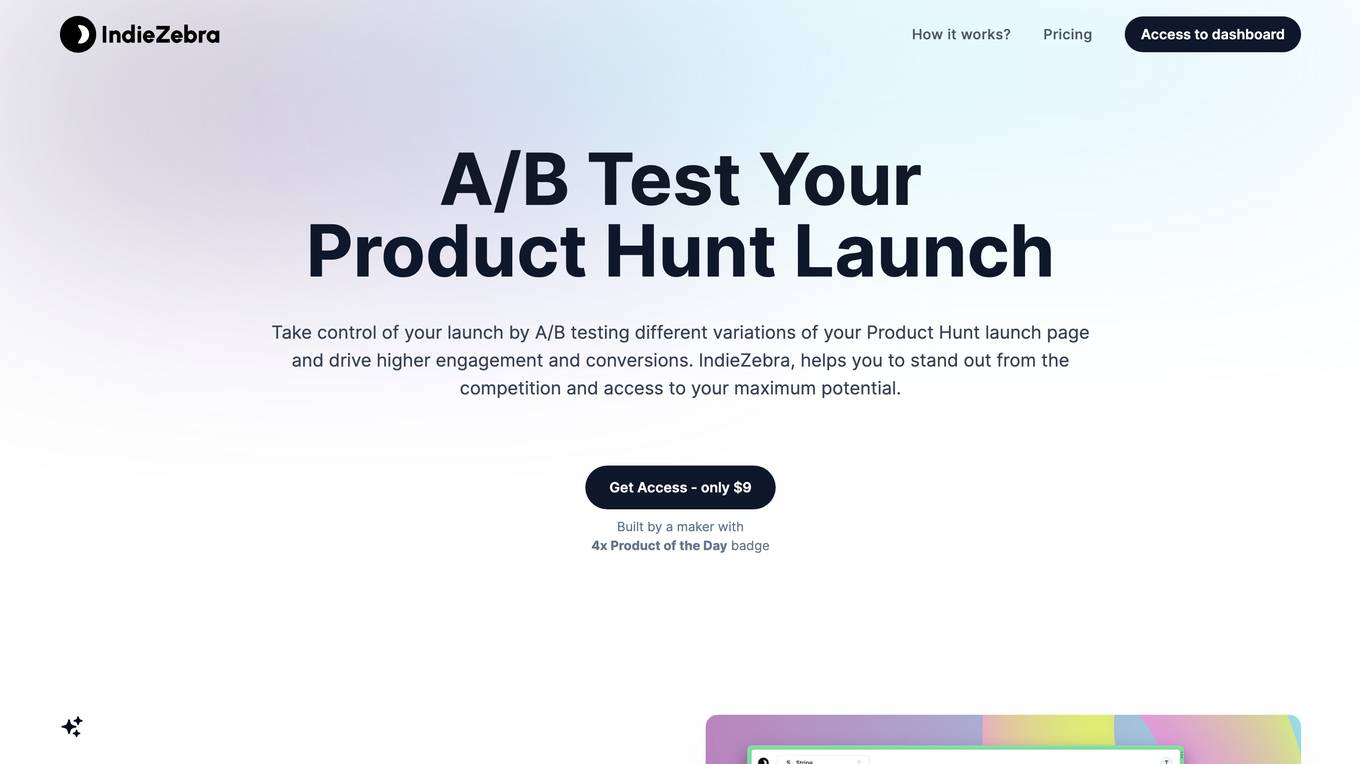
Indiezebra
Indiezebra.com is a website that is currently for sale. The website serves as a platform for selling the domain name indiezebra.com. The webpage was created using Sedo Domain Parking. Please note that Sedo, the domain parking service, is not affiliated with any third-party advertisers. The website does not endorse or recommend any specific service or trademark. For more information, refer to the privacy policy.

Promotee.co
Promotee.co is a website that is currently for sale. It serves as a platform for the sale of the domain promotee.co. The webpage was created using Sedo Domain Parking. Please note that Sedo, the domain parking service, does not have any direct relationship with third-party advertisers. Any references to specific services or trademarks are not endorsed or controlled by Sedo. The website provides information about the domain and its potential sale.

ClientCrafter
ClientCrafter.com is a domain selling website that offers a platform for users to purchase domain names. The website provides a variety of domain names for sale, along with payment plan options and a 30-day money back guarantee. Clients can easily navigate the site to find and purchase their desired domain name, with a focus on quick delivery and secure shopping experience.

gpt95.com
gpt95.com is a domain selling website operated by HugeDomains. The website offers a platform for users to purchase domain names, either by making a one-time payment or through a monthly payment plan. HugeDomains ensures safe and secure transactions for domain purchases, with a 30-day money back guarantee. The platform has been assisting customers in acquiring the perfect domain name since 2005, providing quick delivery and reliable customer service. Users can also find testimonials from satisfied customers on the website, highlighting the smooth purchasing process and helpful support from the HugeDomains team.

Validly.app
Validly.app is a website that offers domain registration services. Users can purchase registered domains through this platform. The website provides a user-friendly interface for customers to search for and acquire domain names. It also ensures privacy and security by allowing users to manage their personal information and privacy settings. With a high Trustpilot rating of 4.6 out of 5, Validly.app is a reliable platform for domain registration.

Contentcale
Contentcale.com is a domain currently up for sale. The website serves as a platform for selling the domain and provides information about the domain. It is generated by Sedo Domain Parking, and the site disclaims any relationship with third-party advertisers. The contentcale.com domain may be purchased by interested parties.
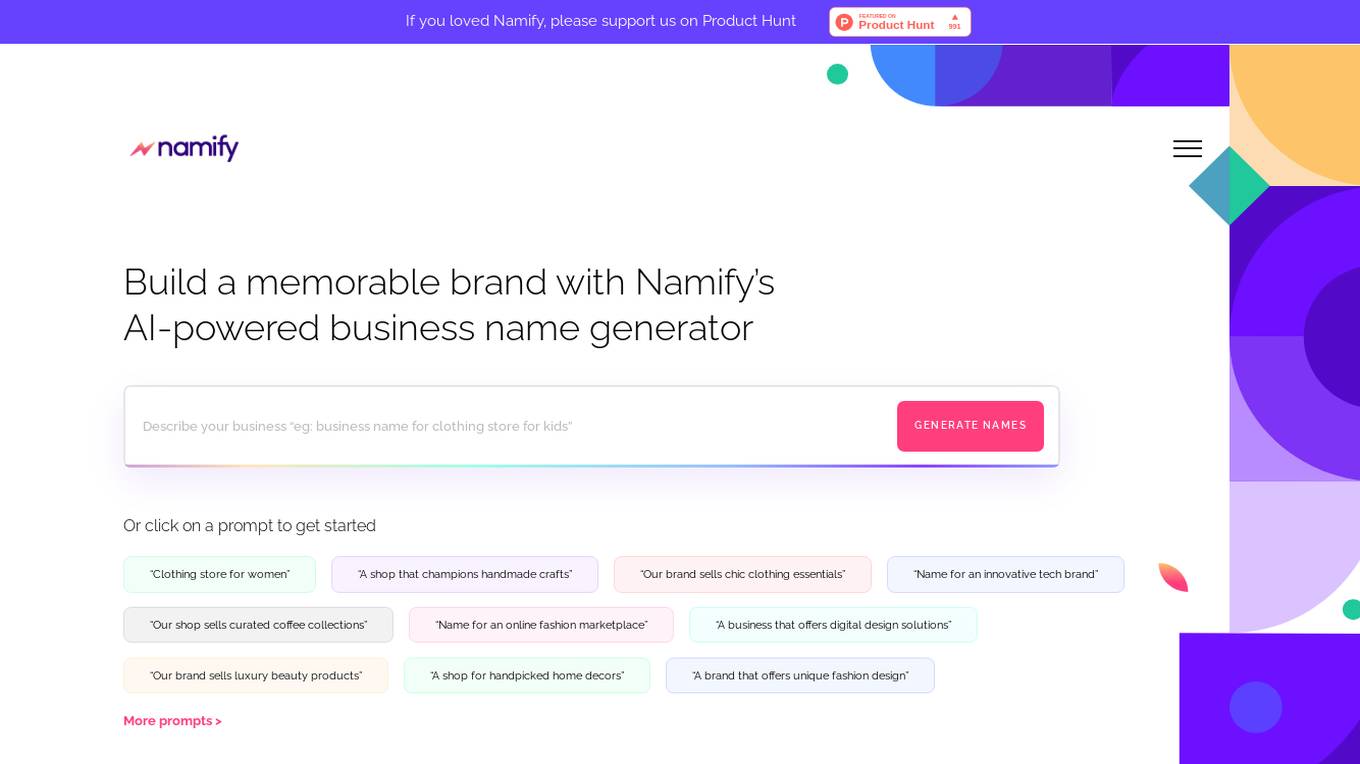
Namify
Namify is an AI-powered business name generator that helps users create a memorable brand name effortlessly. It leverages the power of new domain extensions to curate meaningful domain name suggestions for various businesses. Namify also provides logo design options and checks domain name, social media username, and trademark availability to ensure a solid branding decision. With expert recommendations and a user-friendly interface, Namify streamlines the process of finding the perfect brand name for your business.
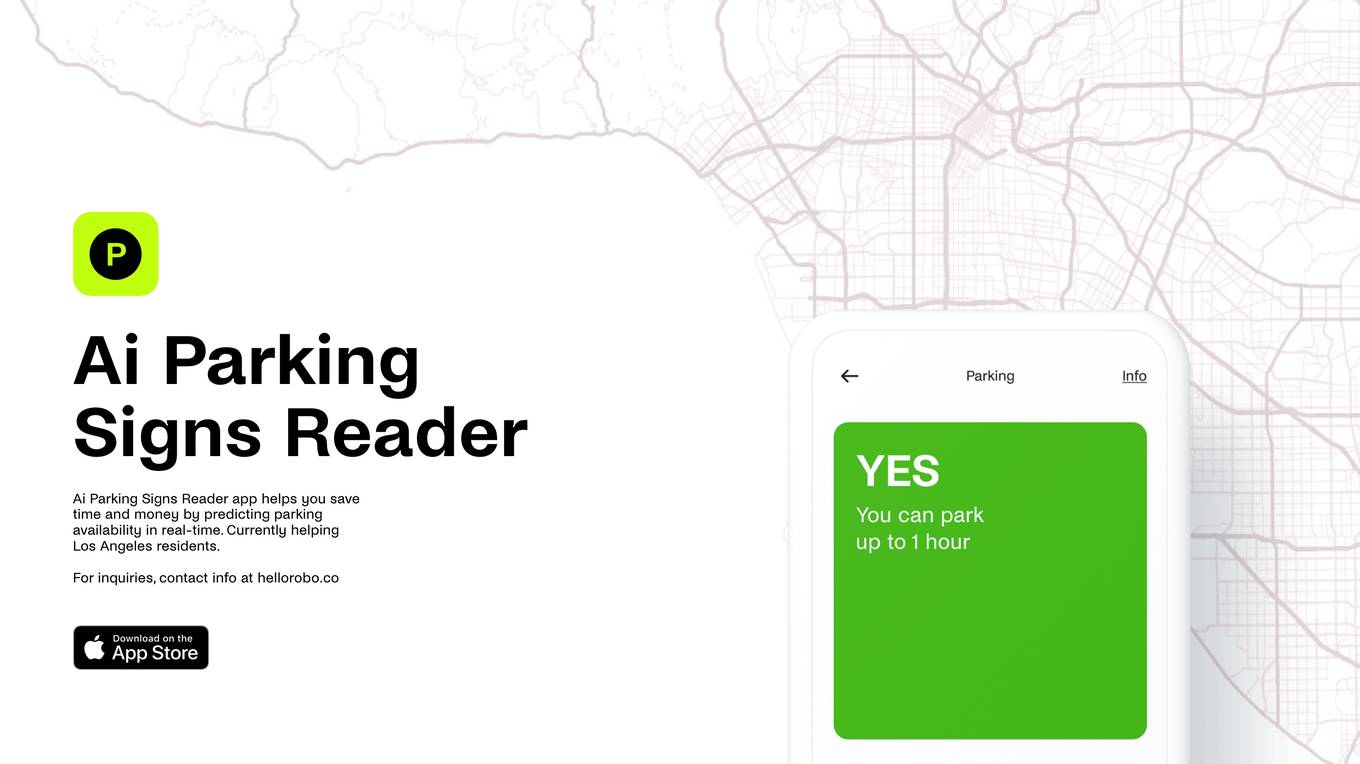
ExpiredDomains.com
ExpiredDomains.com is a free online platform that helps users find valuable expired and expiring domain names. It aggregates domain data from hundreds of top-level domains (TLDs) and displays them in a searchable, filterable format. Whether you’re seeking domains with SEO authority, existing traffic, or strong brand potential, the platform provides tools and insights to support smarter decisions. Users can access over 1 million domains across 677+ TLDs with exclusive data metrics, a user-friendly interface, and professional trust. ExpiredDomains.com does not register domains itself but connects users to trusted external registrars and marketplaces like GoDaddy for domain purchases.

ExpiredDomains.com
ExpiredDomains.com is a free online platform that assists users in finding valuable expired and expiring domain names. It aggregates domain data from various top-level domains (TLDs) and presents them in a searchable, filterable format. The platform offers tools and insights to help users make informed decisions when looking for domains with SEO authority, existing traffic, or strong brand potential. With comprehensive listings, exclusive data metrics, a user-friendly interface, and professional trust, ExpiredDomains.com is a preferred choice for SEOs, marketers, and investors worldwide.
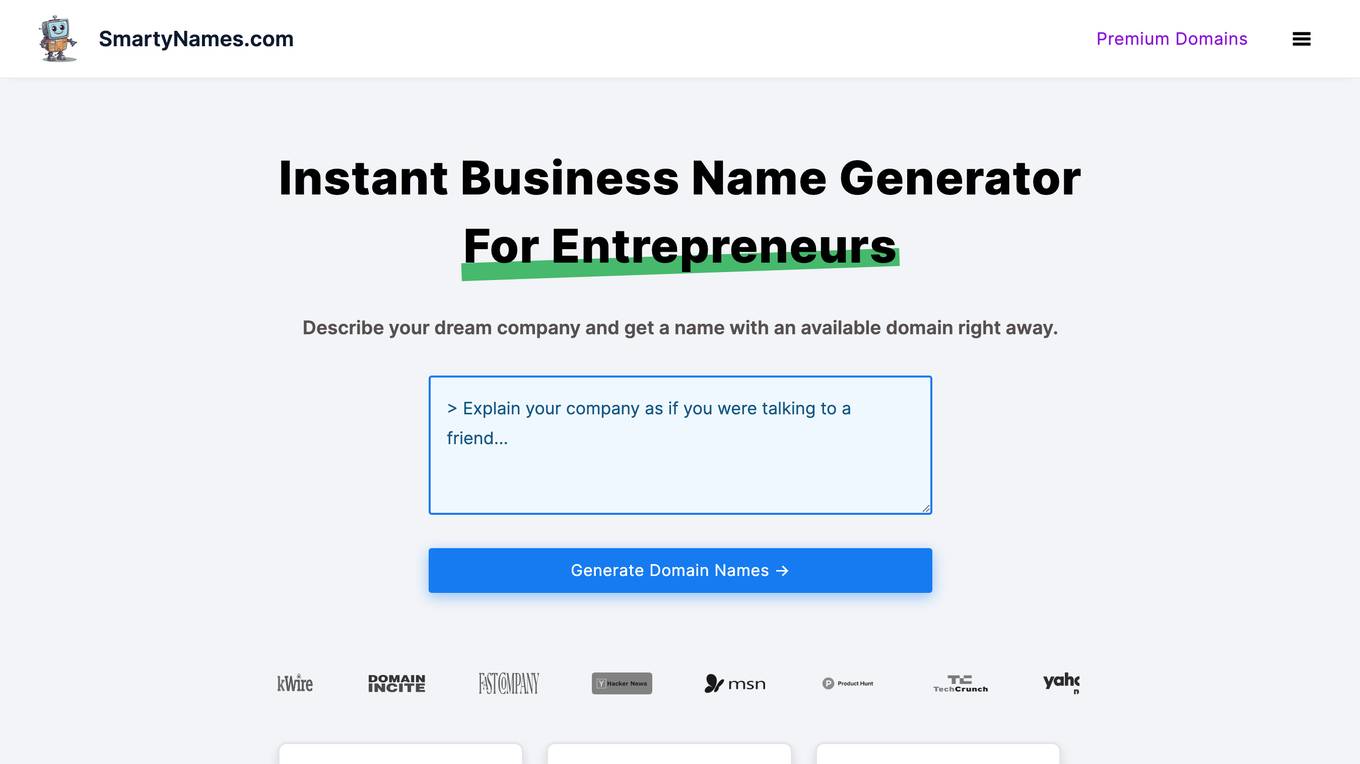
SmartyNames.com
SmartyNames.com is a business name generator that uses AI to help entrepreneurs come up with creative and unique names for their businesses. The tool is easy to use and provides instant results. It also offers a variety of features to help users find the perfect name for their business, including a domain name checker and a reverse domain search. SmartyNames.com is a valuable tool for any entrepreneur who is looking for a unique and memorable name for their business.
0 - Open Source AI Tools
20 - OpenAI Gpts
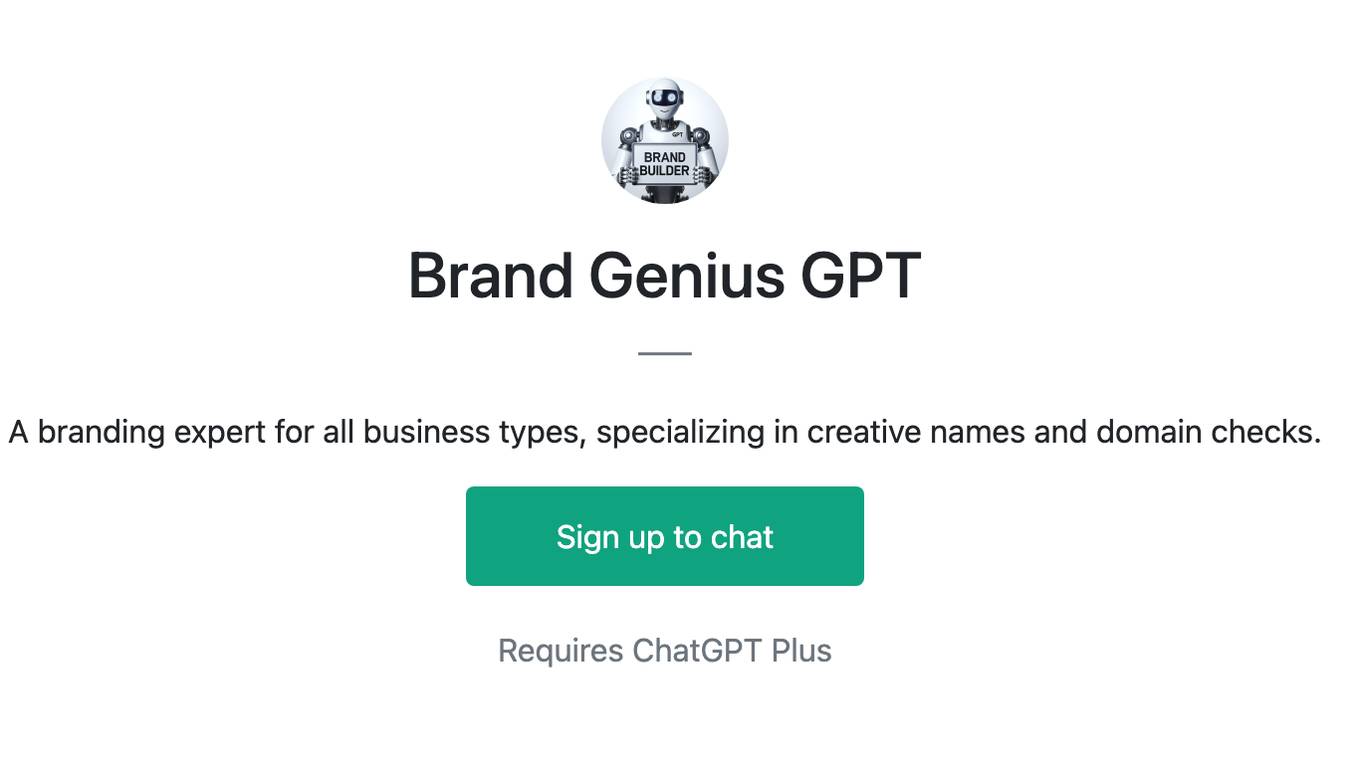
Brand Genius GPT
A branding expert for all business types, specializing in creative names and domain checks.
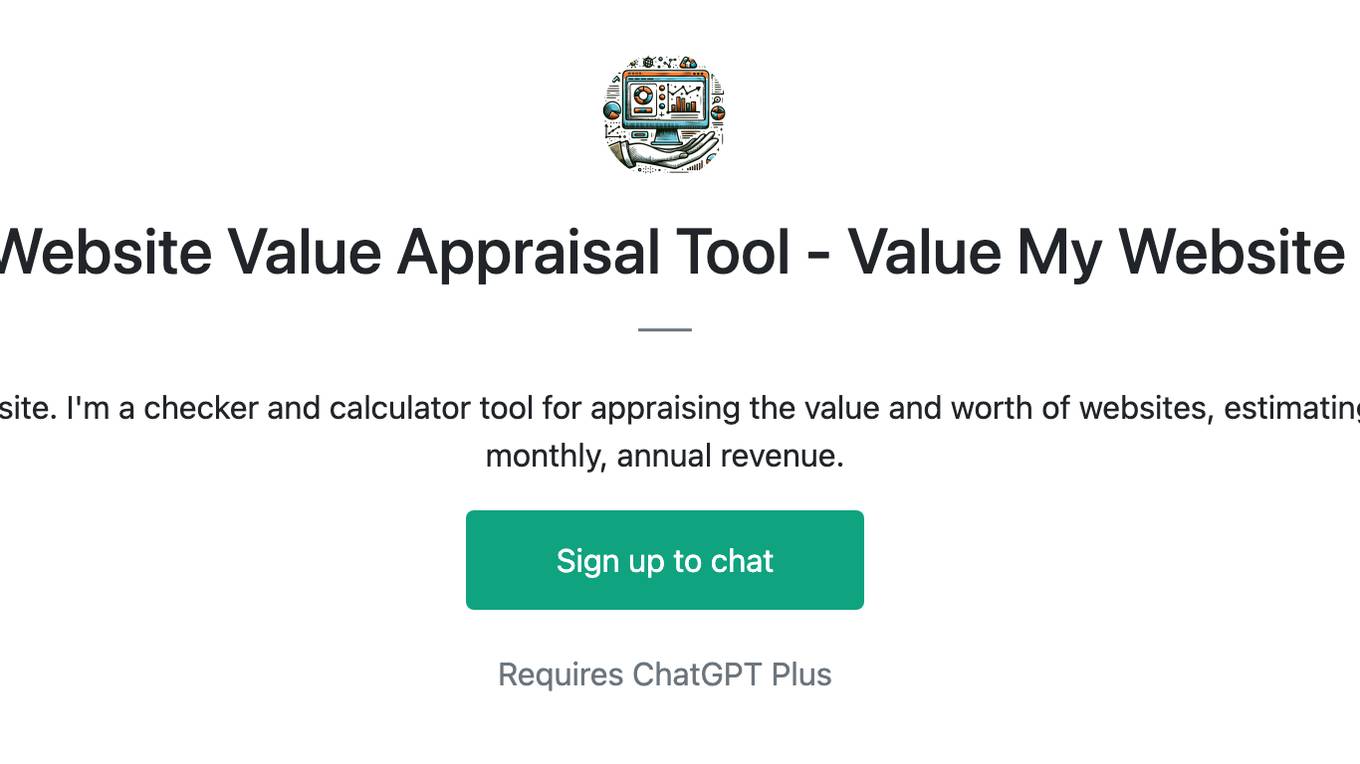
Website Value Appraisal Tool - Value My Website
Website Value Appraisal Tool - Value My Website. I'm a checker and calculator tool for appraising the value and worth of websites, estimating prices based on domain & website's daily, monthly, annual revenue.
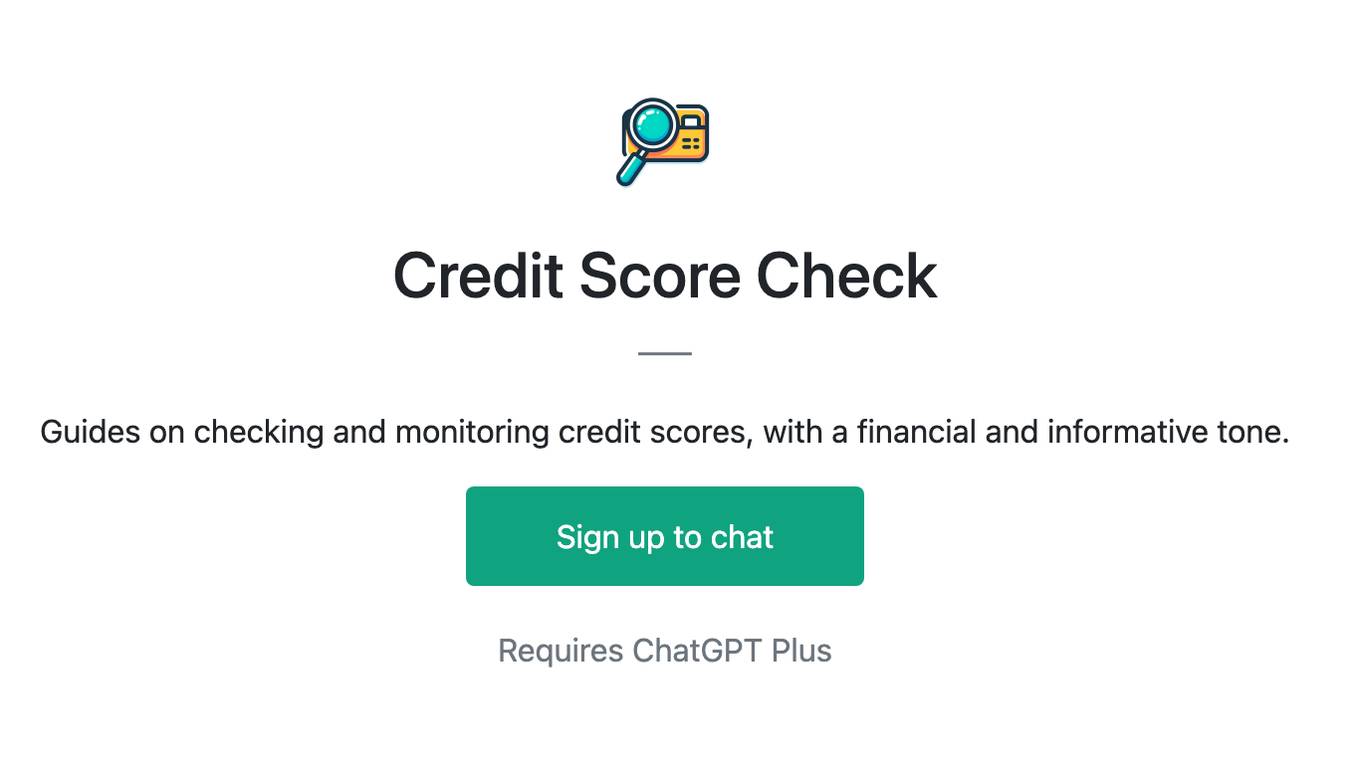
Credit Score Check
Guides on checking and monitoring credit scores, with a financial and informative tone.
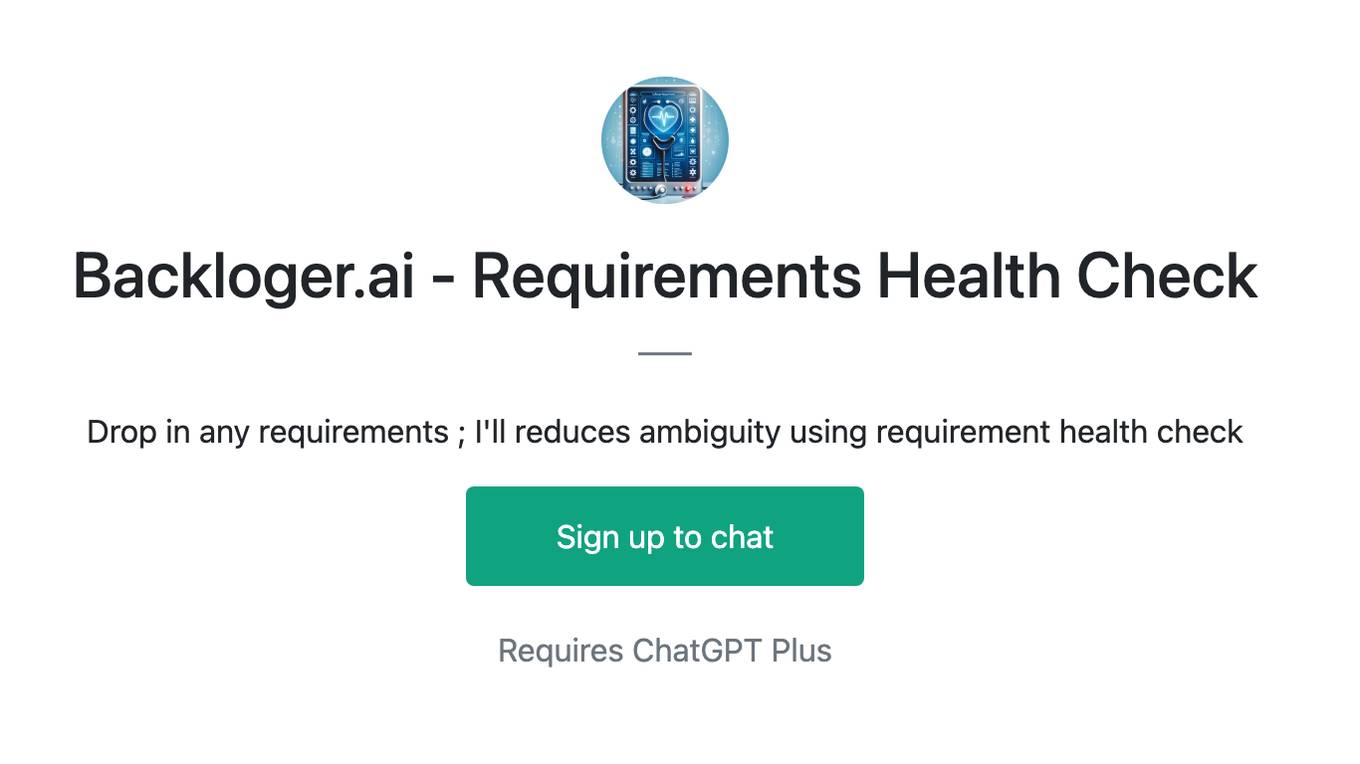
Backloger.ai - Requirements Health Check
Drop in any requirements ; I'll reduces ambiguity using requirement health check
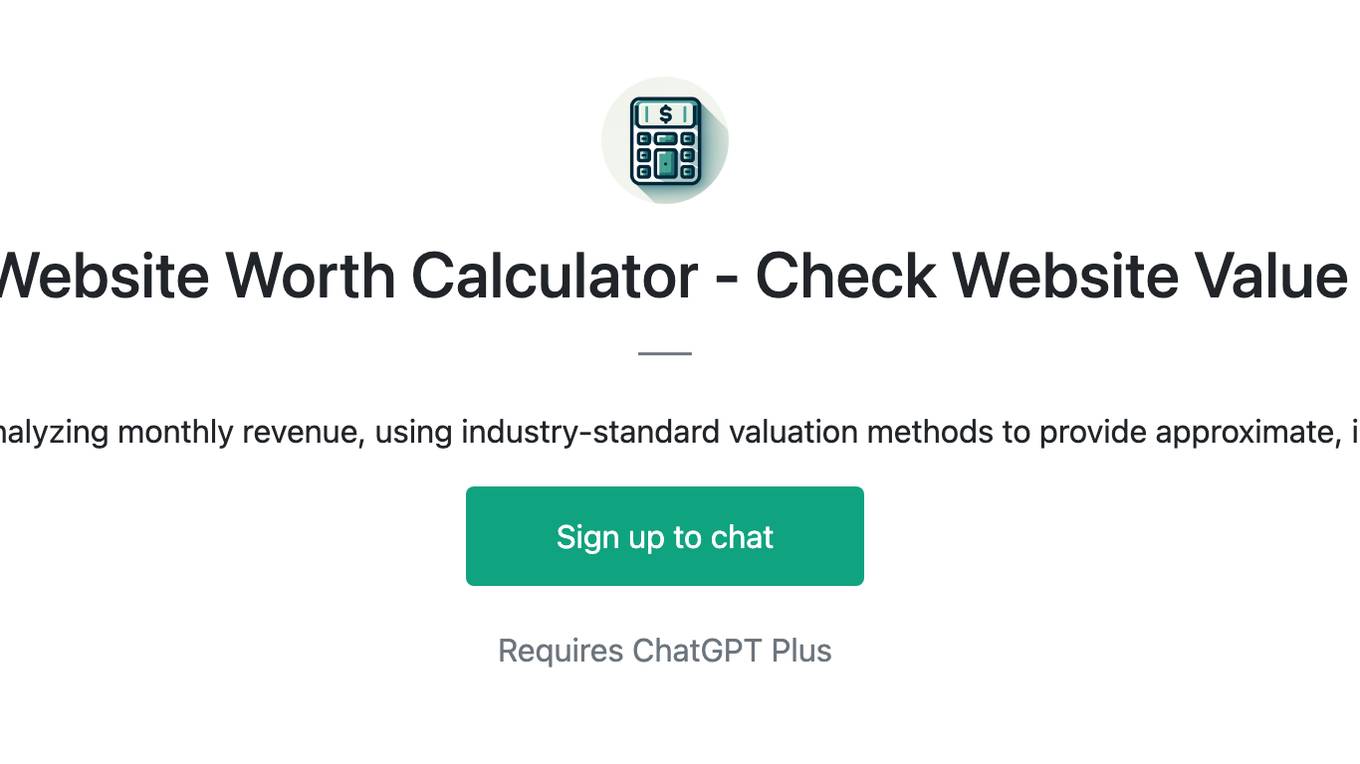
Website Worth Calculator - Check Website Value
Calculate website worth by analyzing monthly revenue, using industry-standard valuation methods to provide approximate, informative value estimates.
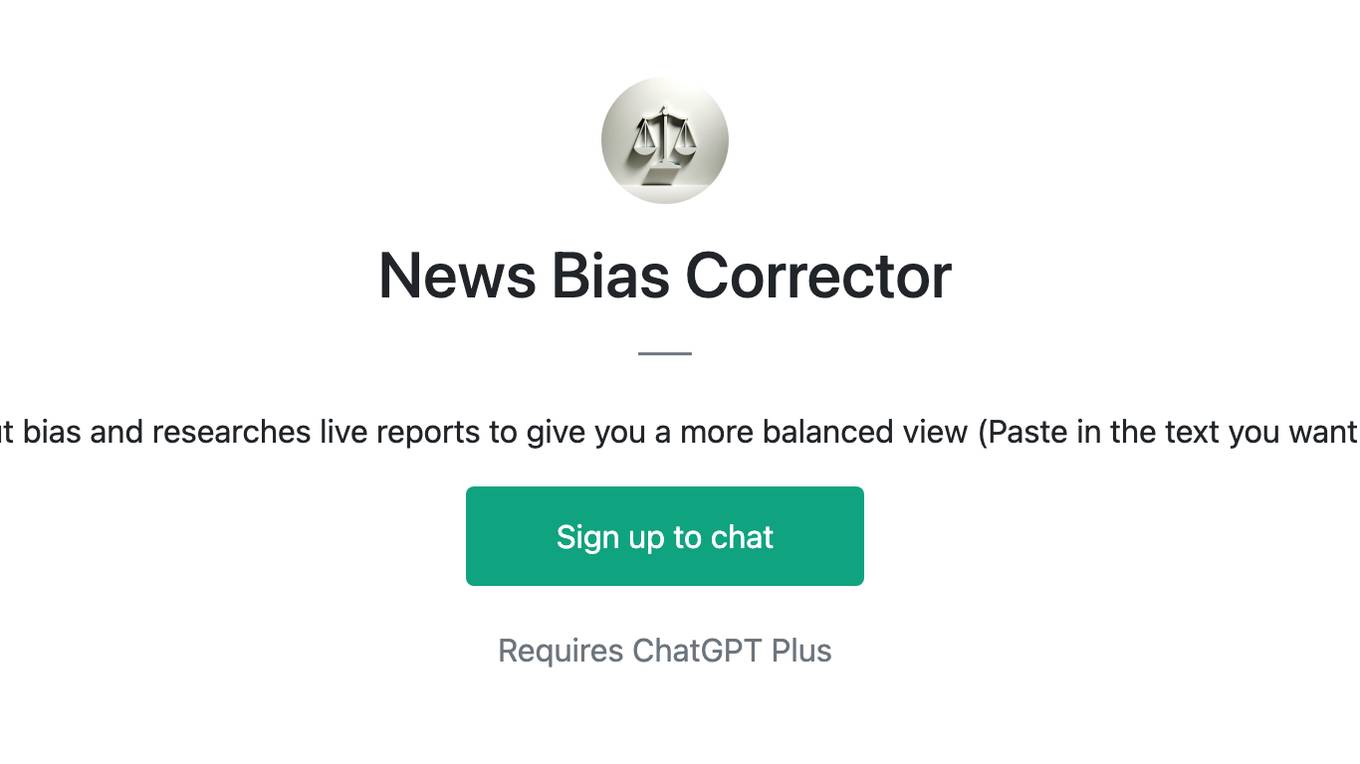
News Bias Corrector
Balances out bias and researches live reports to give you a more balanced view (Paste in the text you want to check)
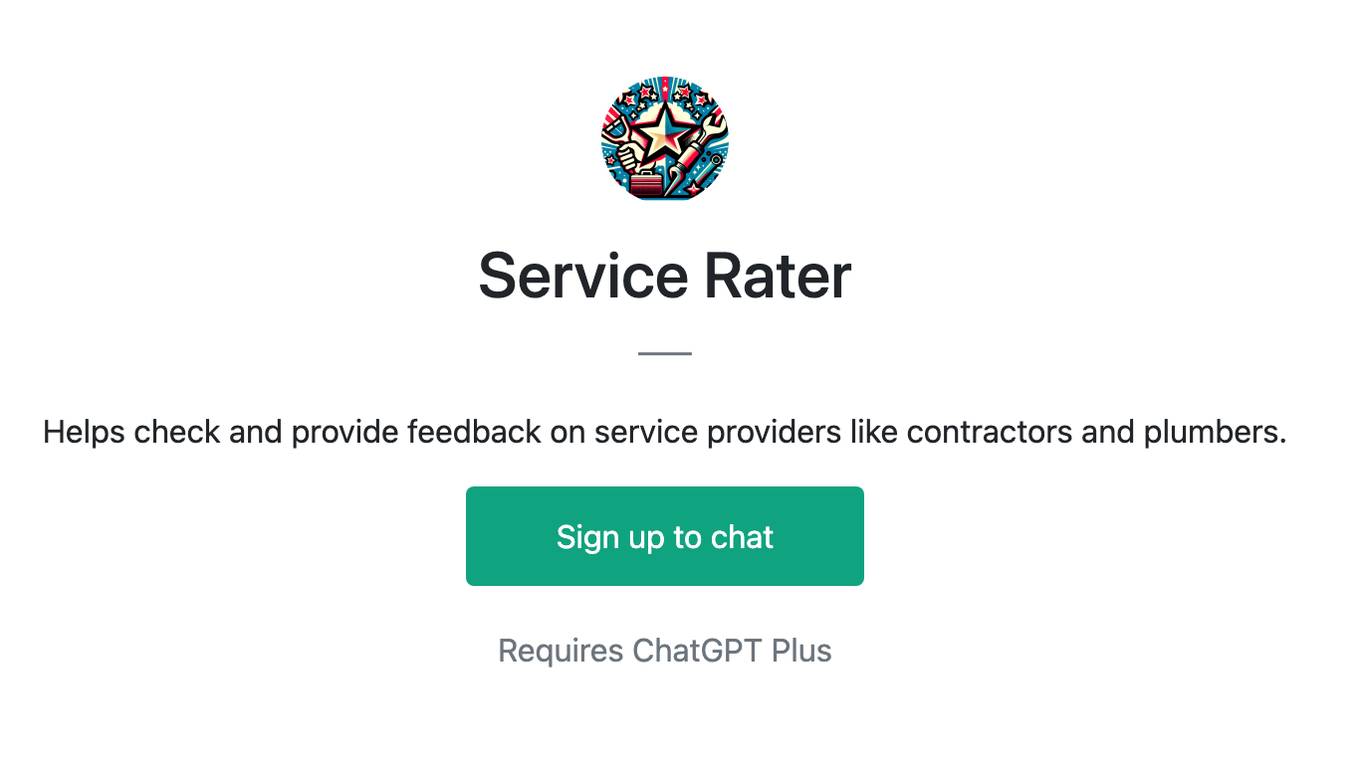
Service Rater
Helps check and provide feedback on service providers like contractors and plumbers.

Are You Weather Dependent or Not?
A mental health self-check tool assessing weather dependency. Powered by WeatherMind
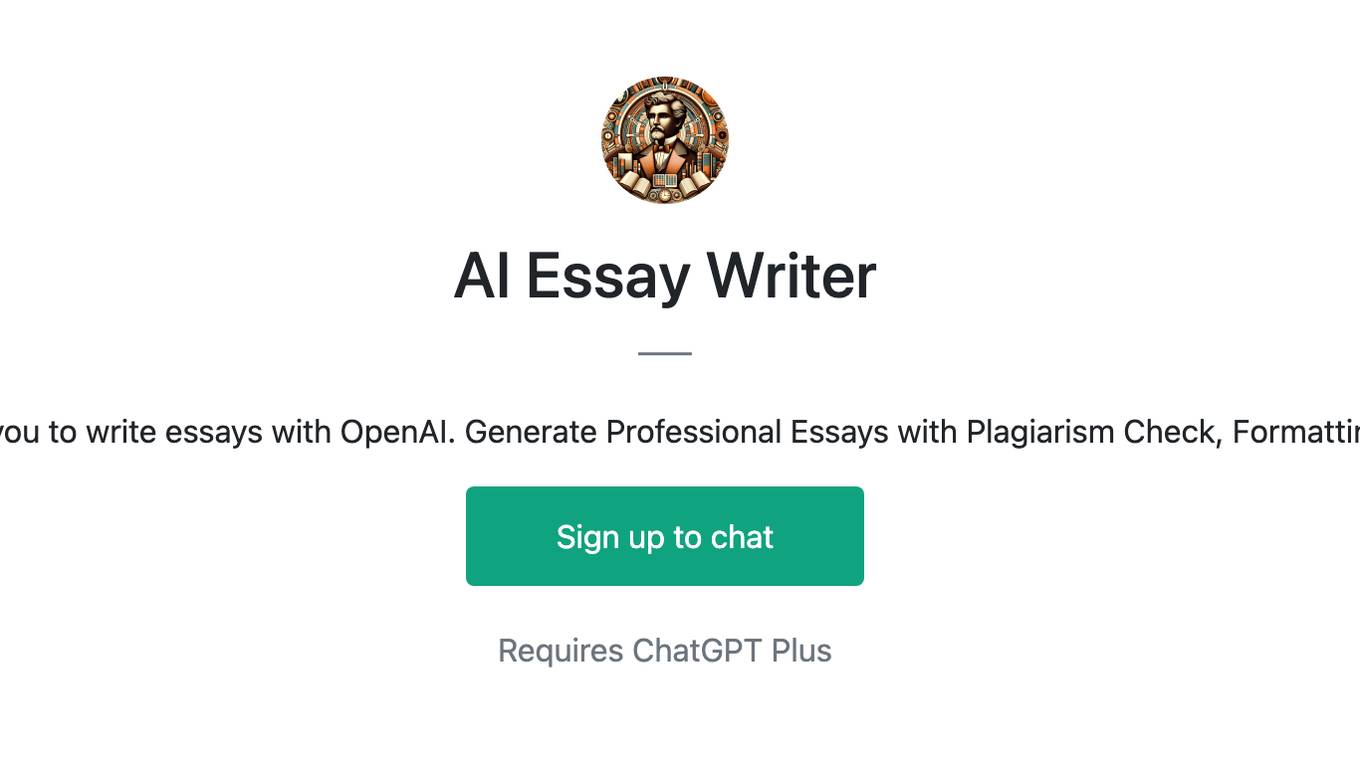
AI Essay Writer
ChatGPT Essay Writer helps you to write essays with OpenAI. Generate Professional Essays with Plagiarism Check, Formatting, Cost Estimation & More.

